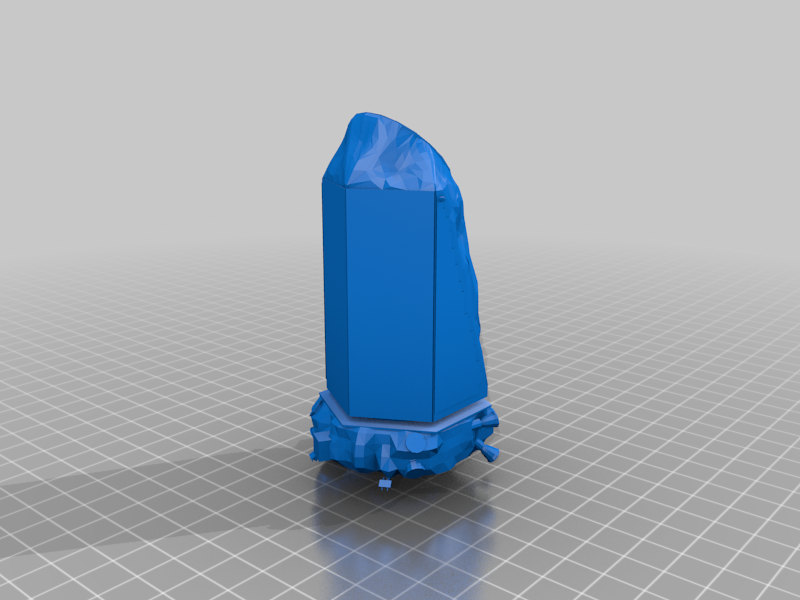
Kepler - Wrigth
thingiverse
Astronomers Discover Distant Worlds Beyond Our Solar System Exoplanets are planets that orbit stars other than our own sun. These celestial bodies have been a subject of intense study and research in recent years, with scientists discovering thousands of them in various stages of development. While some exoplanets are similar to Earth in size and composition, others are massive gas giants, while still others are small rocky worlds. Some exoplanets orbit close to their host stars, while others are much farther away, receiving less light and heat. Researchers use a variety of methods to detect exoplanets, including the transit method, where a planet passes in front of its star, causing a slight decrease in brightness. Another technique involves measuring the wobble of a star as it is tugged by the gravitational pull of an orbiting planet. The study of exoplanets has led to new insights into the formation and evolution of planetary systems. By comparing the characteristics of exoplanets with those of our own solar system, scientists can gain a better understanding of how planets develop and change over time. Exoplanet research also raises questions about the potential for life beyond Earth. While there is currently no definitive evidence of extraterrestrial life, the discovery of exoplanets that are similar in size and composition to Earth has sparked renewed interest in the search for life elsewhere in the universe.
With this file you will be able to print Kepler - Wrigth with your 3D printer. Click on the button and save the file on your computer to work, edit or customize your design. You can also find more 3D designs for printers on Kepler - Wrigth.
